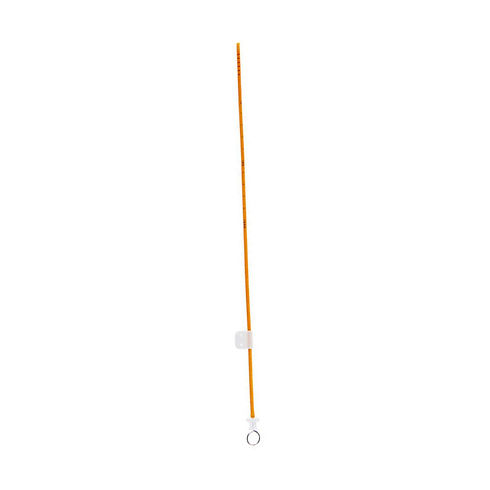
Ventricular Catheters/Shunt
The placement of a ventricular catheter, or shunt tube, is a minimally invasive procedure in which a tube made of flexible plastic or silicone is placed in one of the brain’s ventricles. Cerebro Spinal Fluid (CSF) is the clear liquid surrounding the brain and the spinal column. An excess of CSF in the brain ventricles is brought on by infection or disease. A ventricular shunt is put into place to relieve pressure on the brain caused by hydrocephalus via drainage of excess fluid.
The ventricle can swell to a large size and place severe pressure on adjacent brain structures. Causes for hydrocephalus may include a brain tumor, infection of or bleeding into the cerebro spinal fluid, or brain malformations.
FEATURES
An inflow or proximal catheter, which drains CSF from the lateral ventricles. This tube leaves the brain through a small hole drilled in the skull and then runs for a short distance under the skin.
A valve mechanism, which regulates intracranial pressure by controlling fluid flow through the shunt tubing. This device is connected to the proximal catheter and lies between the skin and the skull, usually on top or the back of the head, or just behind the ear. Valves operate within a specific pressure range. There are many types of valves and shunt manufacturers. Your doctor will determine the type of valve based on his/her experience, preference, and your needs.
An outflow or distal catheter, which runs under the skin and directs CSF from the valve to the abdominal (peritoneal) cavity, heart or another suitable drainage site.
